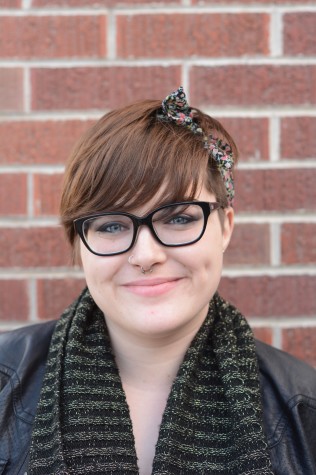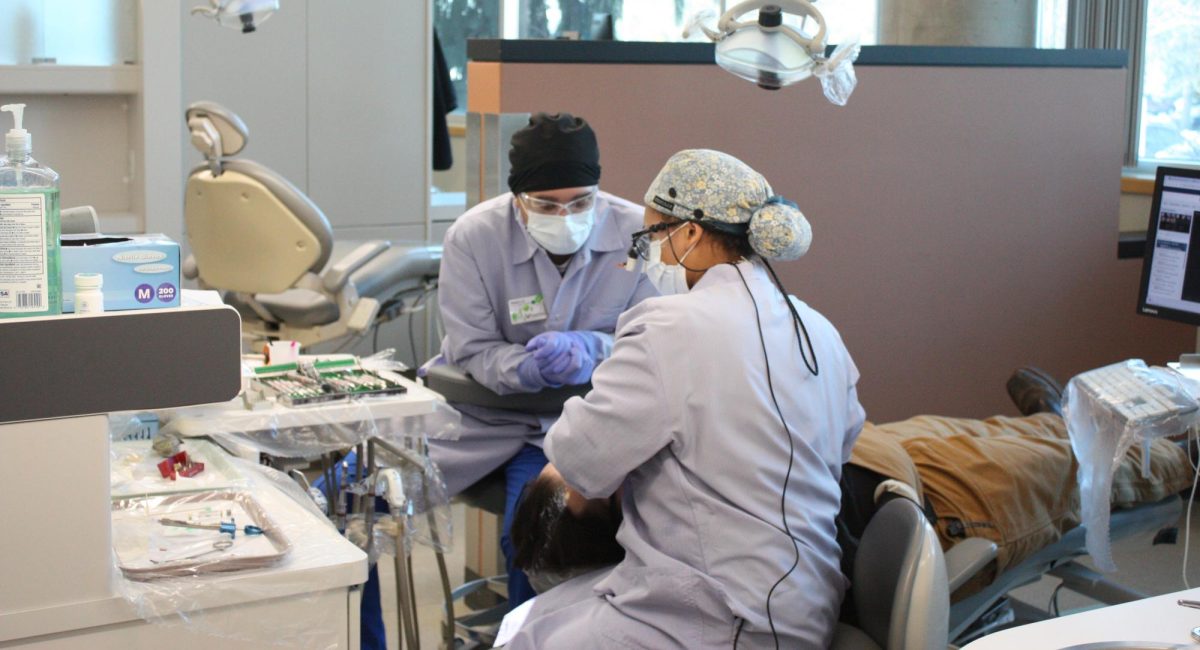Core Curriculum needs more diversity
February 15, 2015
The American education system has made strides in diversity in the last 40 or so years, but we still have a long way to go. One of the worst offenses in modern education is how diversity requirements are introduced, but very little actual change is made to mainstream curriculums.
For example, here at EWU we have a Cultural Diversity requirement. For this requirement, the 2014-2015 course catalogue lists 37 different classes, from which a student must choose one, with subjects including race, gender, sexuality, disability and everything in between.
“… [W]e deal with a lot more than just gender, and I think you’ll find that almost all the gender and cultural diversity courses on that list will deal with those issues,” said Dr. Sally Winkle, director of Women and Gender Studies. “In that sense, that’s really important that students get that perspective, that they get that knowledge because they may not get it in other courses.”
And while many of those 37 courses will discusses issues beyond the initial issue, the problem remains that many GECR courses that are not a part of that diversity requirement are focused primarily on white, western accomplishments. And due to the nature of getting a college education with constantly climbing tuition prices preventing students from being able to learn for the sake of learning and making college more of a race than an educational institution, most students will not be able take more than the one required diversity class.
Because the changes made to the core curriculum are small and can sometimes appear to do the bare minimum in terms of recognizing minorities, the actual widening of a given student’s cultural perspective is fairly small. For example, in my 10th grade 20th century history class, we continued to focus primarily on the achievements of white European or American people, with little discussion of the work of undeniably important African-American people. Ida B. Wells and W.E.B. du Bois were little more than footnotes in a 500-page textbook, despite how much they did for the civil rights movement in the United States. That’s unacceptable.
However, if the introduction of a diversity credit was conjoined with a significant change to the curriculum of, say, a 20th century American history course to discuss more accomplishments from minorities, then more students would be able to get a wider view. It really isn’t that hard to recognize the problem and work to make classes more integrated. Last quarter, my American Literature survey professor found a way to include African-American writers, Native American writers, women writers and every intersection of the three.
And she isn’t the only professor who makes an effort to be inclusive. “It’s not unusual for me to get comments from students that they’re surprised they learned so much about race in a communication and gender class,” said Dr. Elizabeth Kissling, a Women and Gender Studies professor. “And I think that’s a good thing.”
It is hard to argue that education has gotten better about integrating stories and histories from minorities, but that doesn’t mean there isn’t still work to do. The struggle to make education as wide-reaching and inclusive as possible is a long one, but a rewarding one.
“… I think that we just have to keep pushing as we do the general education reform, and as we do curriculum development projects, we have to make sure we do as much integration and collaboration as possible,” said Winkle.







